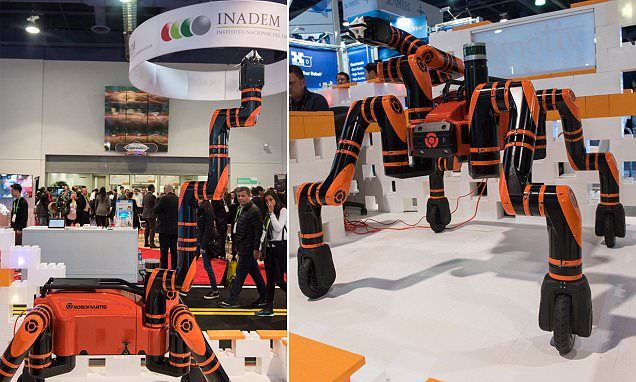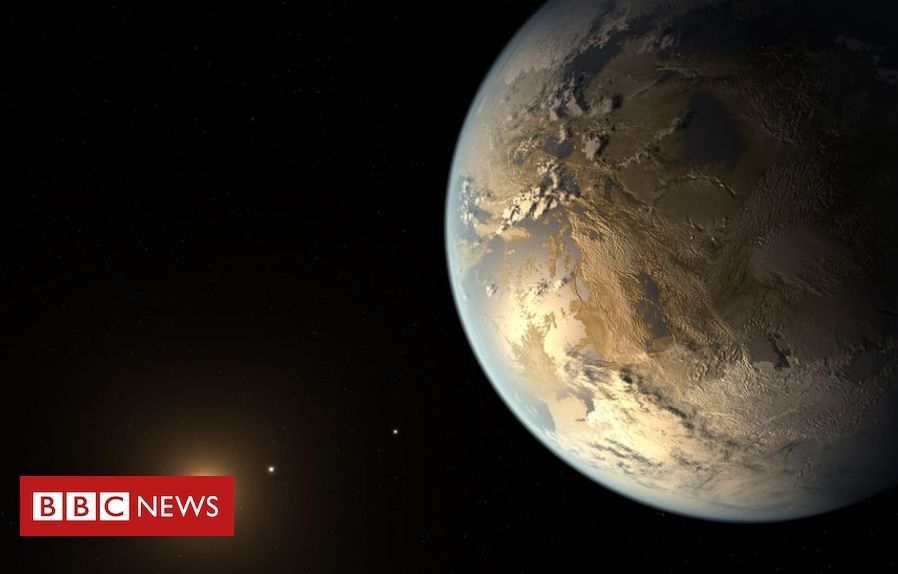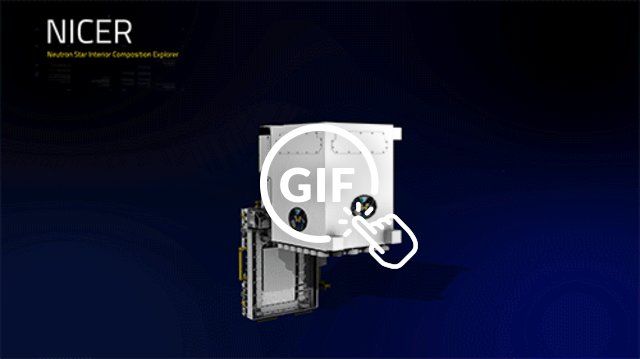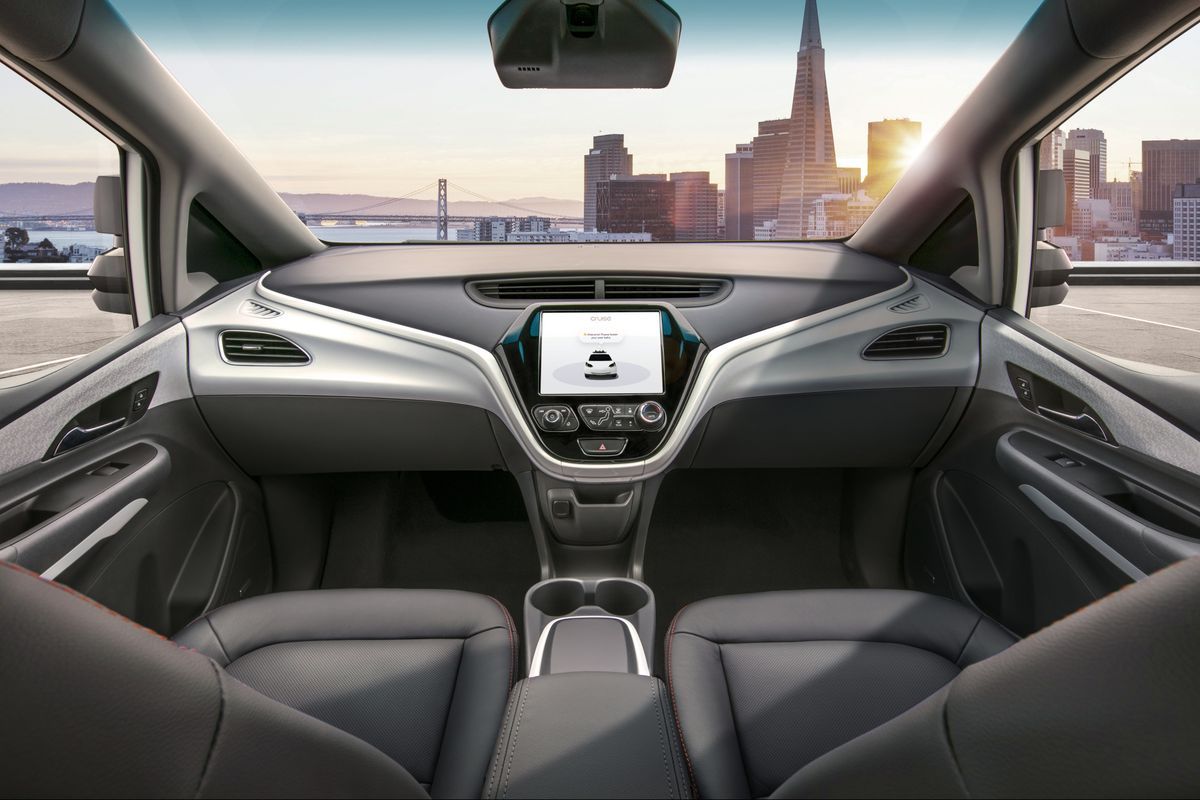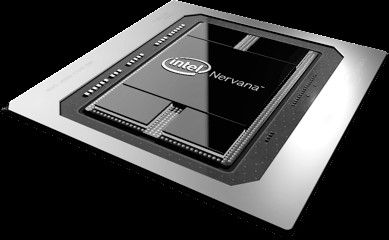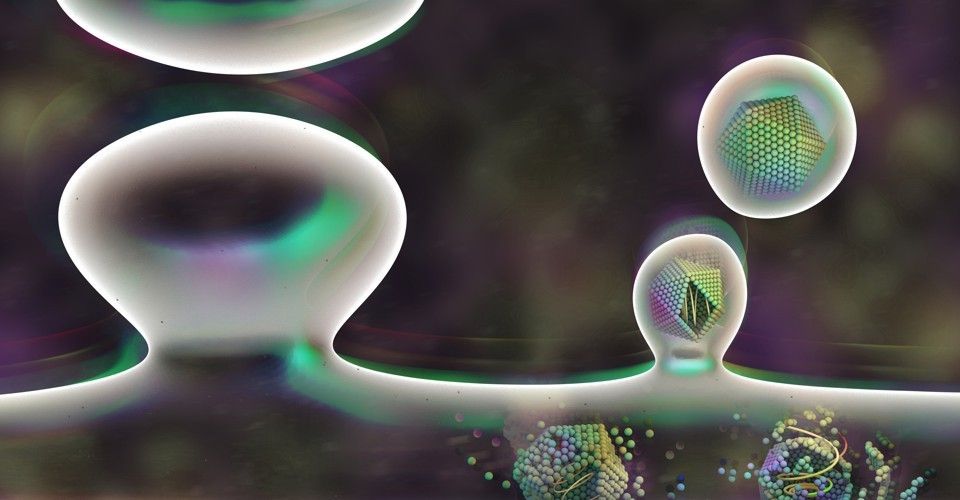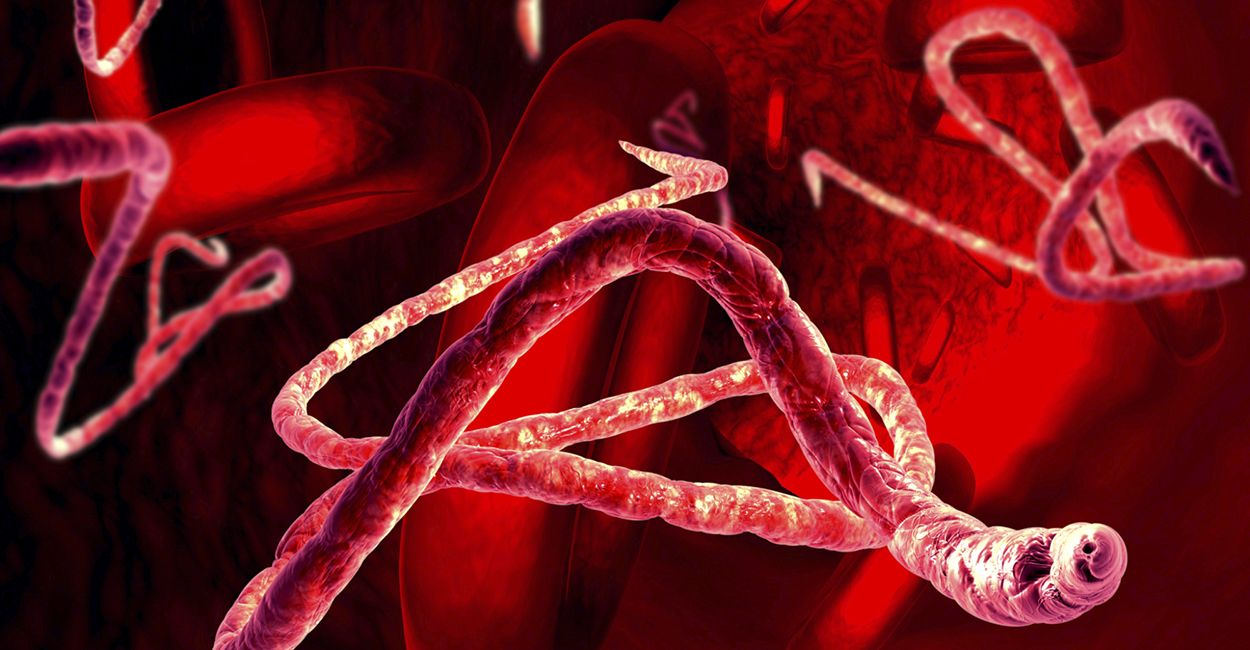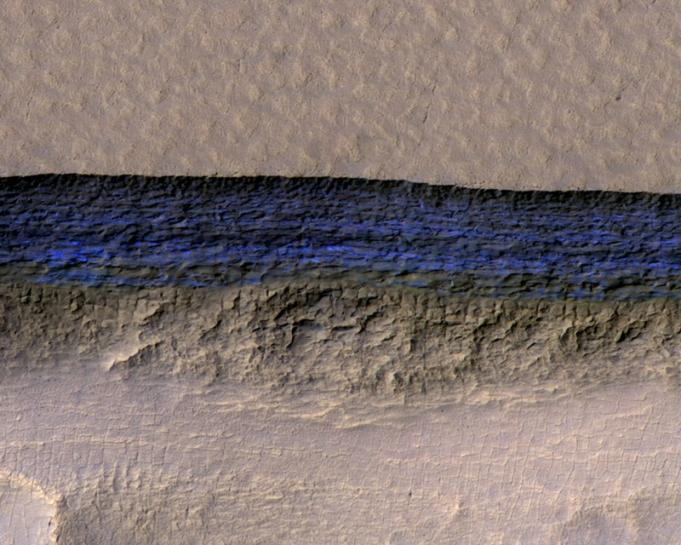Page 9958
Jan 12, 2018
Citizen science bags five-planet haul
Posted by Genevieve Klien in categories: science, space
Astronomy enthusiasts help to confirm the existence of a five-planet system orbiting a far-off star.
Jan 12, 2018
NASA X-Ray Navigation System Aims to Be a Galactic GPS for Space Exploration
Posted by Genevieve Klien in category: space travel
The navigation system uses x-ray light emitted from pulsars the same way global positioning systems use atomic clocks, which could eliminate the need for costly ground-based guidance systems.
Jan 12, 2018
GM Drops the Steering Wheel and Gives Robot Driver Control
Posted by Genevieve Klien in category: robotics/AI
Next year, General Motors Co. will no longer need an engineer in the front seat babysitting the robot brain that controls its self-driving Chevrolet Bolt. The steering wheel and pedals will be gone, giving total control to the machine.
Jan 12, 2018
Intel, Nervana Shed Light on Deep Learning Chip Architecture
Posted by Roman Mednitzer in category: robotics/AI
Almost two years after the acquisition by Intel, the deep learning chip architecture from startup Nervana Systems will finally be moving from its codenamed “Lake Crest” status to an actual product.
In that time, Nvidia, which owns the deep learning training market by a long shot, has had time to firm up its commitment to this expanding (if not overhyped in terms of overall industry dollar figures) market with new deep learning-tuned GPUs and appliances on the horizon as well as software tweaks to make training at scale more robust. In other words, even with solid technology at a reasonable price point, for Intel to bring Nervana to the fore of the training marke t–and push its other products for inference at scale along with that current, it will take a herculean effort–one that Intel seems willing to invest in given its aggressive roadmap for the Nervana-based lineup.
The difference now is that at least we have some insight into how (and by how much) this architecture differs from GPUs–and where it might carve out a performance advantage and more certainly, a power efficiency one.
Continue reading “Intel, Nervana Shed Light on Deep Learning Chip Architecture” »
Jan 12, 2018
Introduction to Robotics — Stanford University
Posted by Müslüm Yildiz in category: robotics/AI
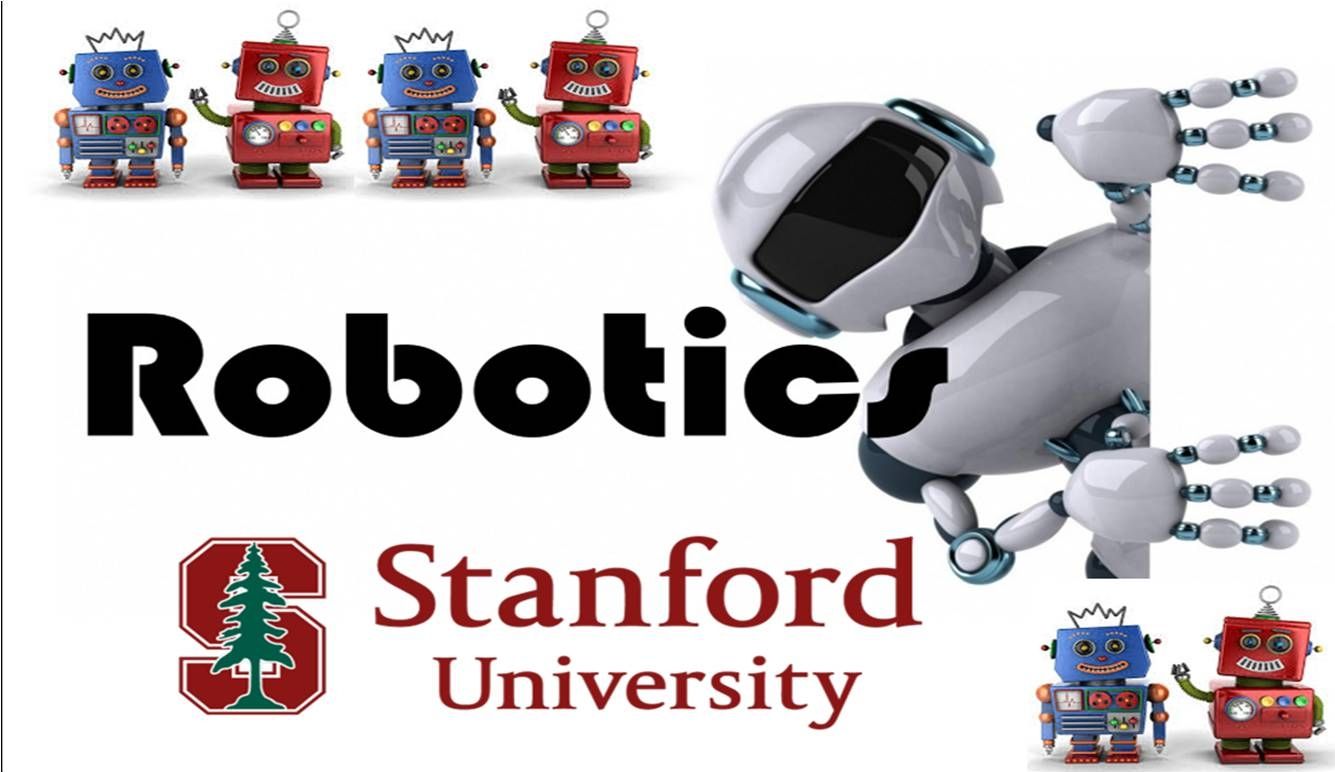
Lecture by Professor Oussama Khatib for Introduction to Robotics (CS223A) in the Stanford Computer Science Department.
Lecture 1 | introduction to robotics
Continue reading “Introduction to Robotics — Stanford University” »
Jan 12, 2018
Brain Cells Share Information Using a Gene that Came From Viruses
Posted by Dan Kummer in categories: biotech/medical, neuroscience
Hundreds of millions of years ago, at a time when back-boned animals were just starting to crawl onto land, one such creature became infected by a virus. It was a retrovirus, capable of smuggling its genes into the DNA of its host. And as sometimes happens, those genes stayed put. They were passed on to the animal’s children and grandchildren. And as these viral genes cascaded through the generations, they changed, transforming from mere stowaways into important parts of their host’s biology.
One such gene is called Arc. It’s active in neurons, and plays a vital role in the brain. A mouse that’s born without Arc can’t learn or form new long-term memories. If it finds some cheese in a maze, it will have completely forgotten the right route the next day. “They can’t seem to respond or adapt to changes in their environment,” says Jason Shepherd from the University of Utah, who has been studying Arc for years. “Arc is really key to transducing the information from those experiences into changes in the brain.”
Jan 12, 2018
Disruptive Technologies Push Bioterrorism To A Whole New Level
Posted by Klaus Baldauf in category: terrorism
Disruptive technologies not only help true visionaries who want to make the world a better place but also the bad guys ready for bioterrorism. Here is how.
Jan 12, 2018
Guns, germs and rice: how the winners of China’s top science prizes point to the future
Posted by Derick Lee in categories: biotech/medical, food, government, science
Weapons developers, disease fighters and food engineers were among the biggest winners in China’s top awards for scientists this year, giving a glimpse of the government’s research priorities.
Awards signal the government’s research priorities for the years to come, analyst says.
Jan 12, 2018
Martian ice deposits could sustain human outposts in the future
Posted by Dan Kummer in categories: futurism, space
WASHINGTON (Reuters) — Scientists using images from an orbiting NASA spacecraft have detected eight sites where huge ice deposits near the Martian surface are exposed on steep slopes, a potential source of water that could help sustain future human outposts.
While scientists already knew that about a third of the surface of Mars contains shallow ground ice and that its poles harbor major ice deposits, the research published on Thursday described thick underground ice sheets exposed along slopes up to 100 yards (meters) tall at the planet’s middle latitudes.
“It was surprising to find ice exposed at the surface at these places. In the mid-latitudes, it’s normally covered by a blanket of dust or regolith,” loose bits of rock atop a layer of bedrock, said research geologist Colin Dundas of the U.S. Geological Survey’s Astrogeology Science Center in Flagstaff, Arizona, who led the study.
Continue reading “Martian ice deposits could sustain human outposts in the future” »
